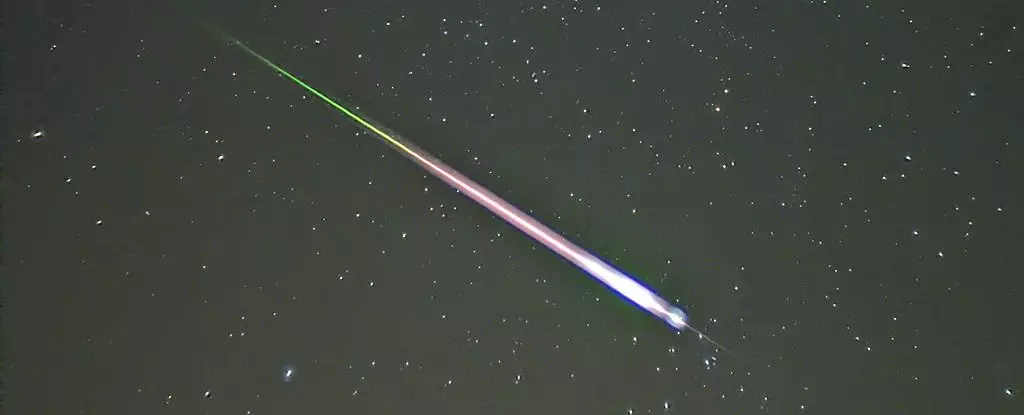The year 2021 has been a thrilling one for skywatchers, brimming with celestial events like planetary alignments and meteor showers. And now, the Universe is treating us with yet another awe-inspiring spectacle: the Leonid meteor shower. Expected to peak in the early hours of November 18, this shower offers a captivating display of shooting stars. From virtually anywhere in the world, you can witness this ethereal event. This year, in particular, the conditions for viewing will be exceptional as the sky will be devoid of moonlight interference. Anticipate an impressive show, with an estimated 10-15 meteors streaking across the sky per hour after midnight on Saturday morning.
What is the Leonid Meteor Shower?
The Leonid meteor shower is a natural phenomenon that occurs when Earth traverses through the dust trail left by the comet Tempel-Tuttle. As our planet moves through this debris belt, small fragments, roughly the size of a pea, hurtle through our atmosphere and disintegrate in a mesmerizing display of light and color. While these meteors may lack the grandeur of the larger fireballs characteristic of the Taurid meteor shower during this time of year, they are still bound to captivate viewers with their beauty. Remarkably, the Leonid meteor shower holds the distinction of being one of the swiftest meteor showers we witness on Earth, with space dust fragments colliding with our atmosphere at an astonishing speed of 71 kilometers (44 miles) per second.
Meteor Storms: An Extraordinary Phenomenon
The Leonid meteor shower is not only renowned for its regular display but also for its potential to generate meteor storms. In the past, these storms have dazzled observers with an unprecedented number of shooting stars streaking through the sky. During the 1966 meteor storm, witnesses in the southwestern United States reported an astounding 3,000 meteors per minute. However, it is important to note that such meteor storms occur at intervals of approximately 33 years, coinciding with the comet Tempel-Tuttle’s orbital period around the Sun. The next predicted meteor storm is anticipated around 2032. Though we may not experience a meteor storm this time, the Leonids will still emanate from the Leo constellation and traverse the entire expanse of the night sky, creating a captivating sight for skywatchers worldwide.
As the Leonid meteor shower graces our skies, it presents a magnificent opportunity to witness the grandeur of the cosmos. With minimal lunar interference and a shower of shooting stars predicted, this celestial display promises to be enthralling. As the tiny fragments of space debris ignite and race through our atmosphere, the Leonids gift us with a mesmerizing visual symphony. So, on the early morning of November 18, make sure to find yourself in a prime viewing location, gaze upward, and allow the wonders of the Leonid meteor shower to transport you to a realm where the boundless beauty of the universe unfolds before your eyes.



Leave a Reply